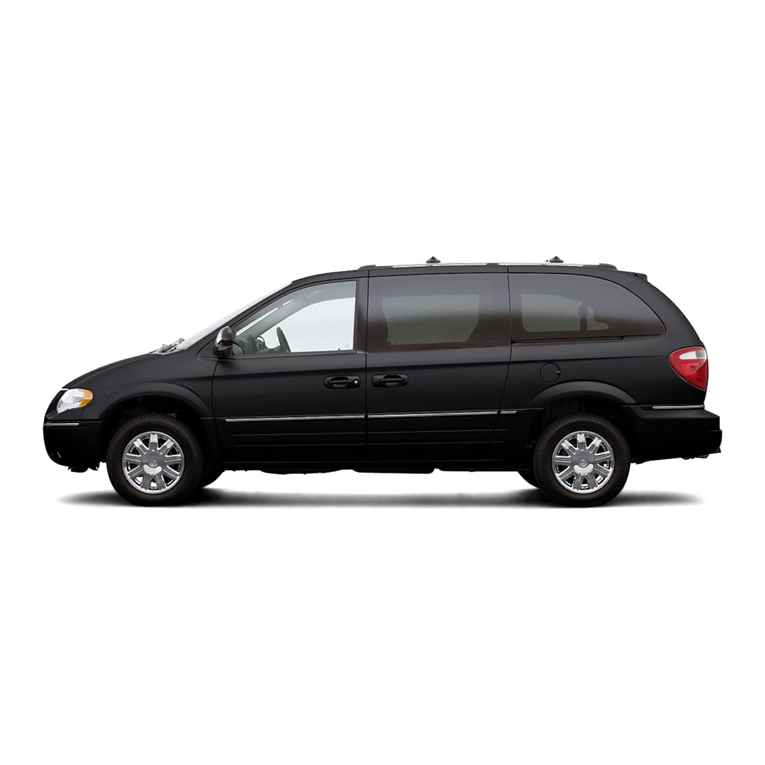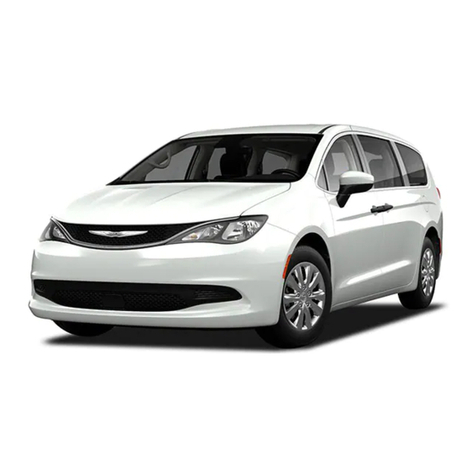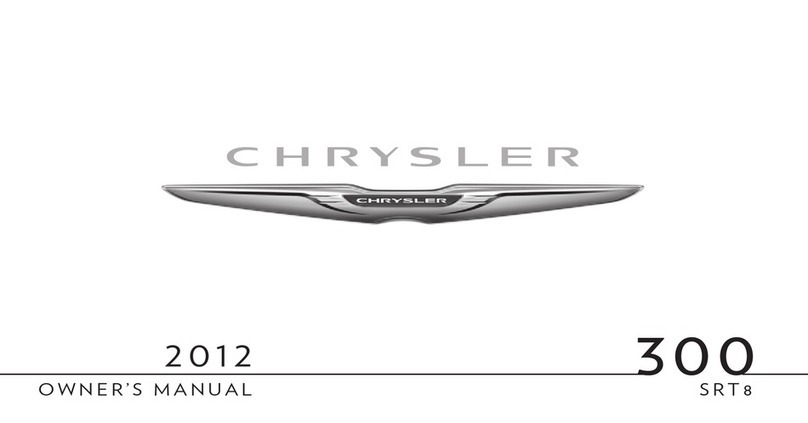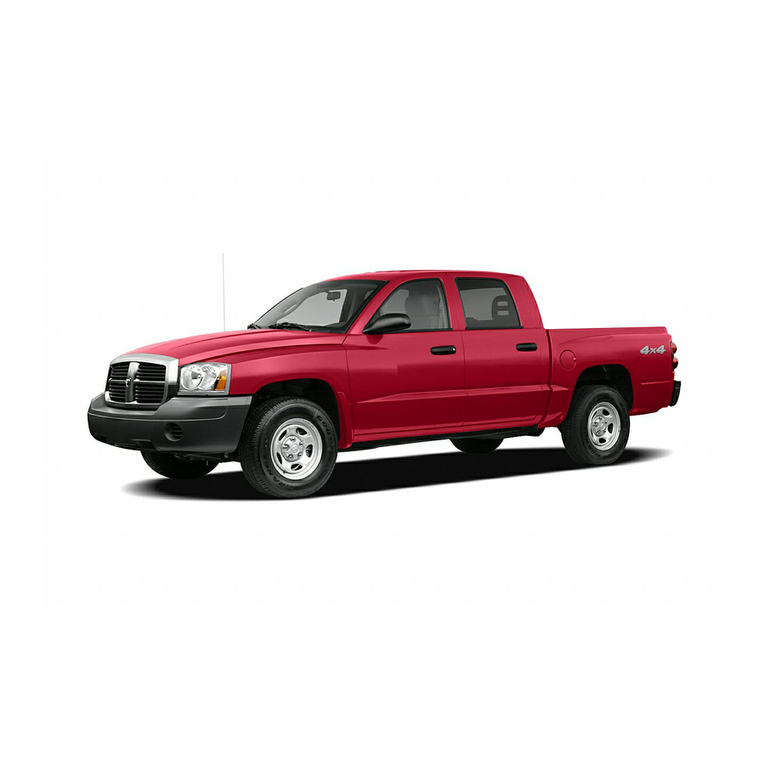Chrysler Plymouth Valiant 1969 User manual
Other Chrysler Automobile manuals
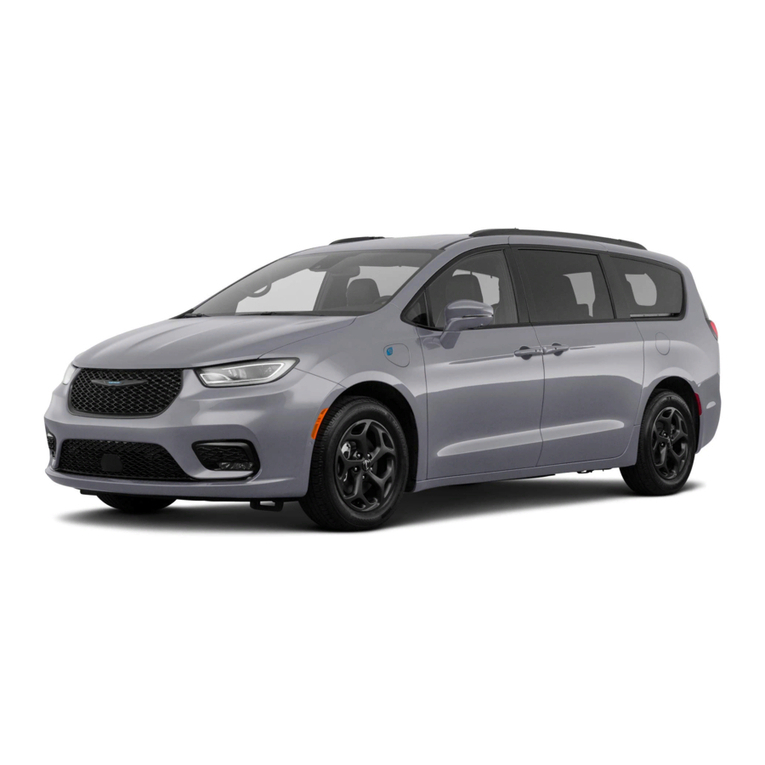
Chrysler
Chrysler Pacifica Hybrid 2021 Owner's manual
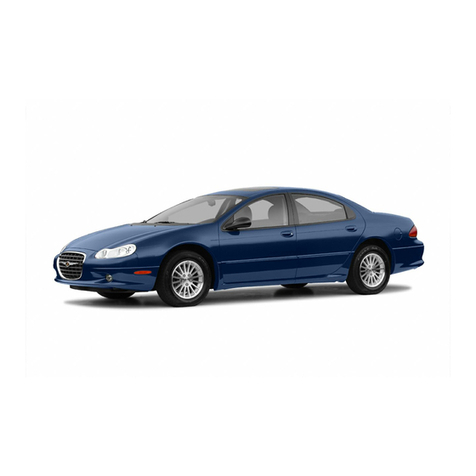
Chrysler
Chrysler 2004 Concorde User manual

Chrysler
Chrysler 2011 300 Limited User manual
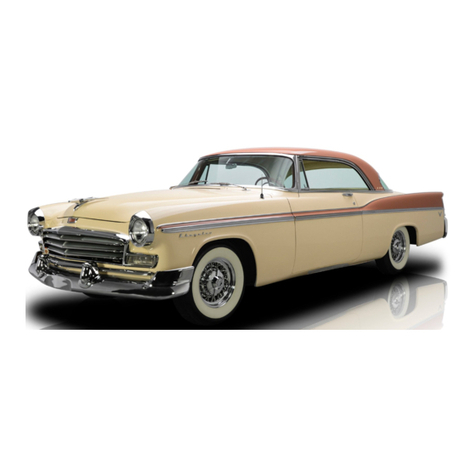
Chrysler
Chrysler Windsor C-62 1954 User manual

Chrysler
Chrysler TOWN & COUNTRY 2016 User manual
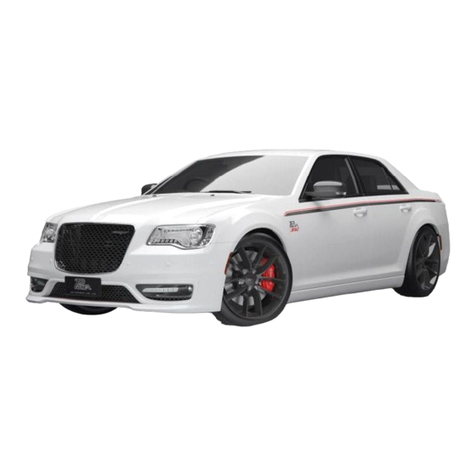
Chrysler
Chrysler 300 SRT 2019 User manual
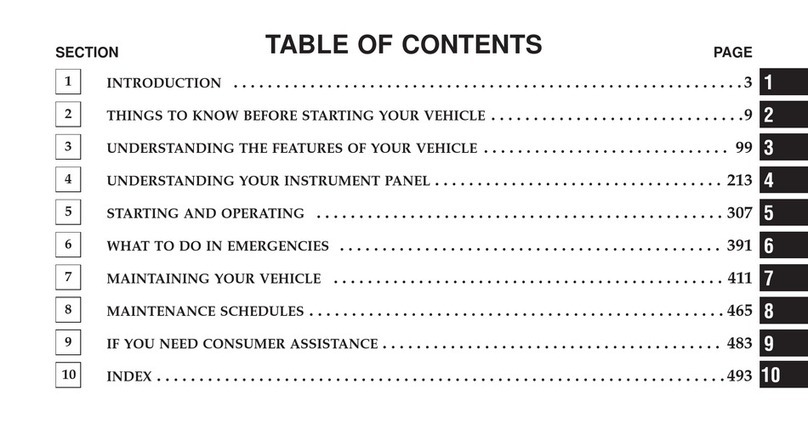
Chrysler
Chrysler Vehicle User manual

Chrysler
Chrysler 200 Sedan 2012 User manual

Chrysler
Chrysler 200 Sedan 2012 User manual

Chrysler
Chrysler 200 Convertible User manual
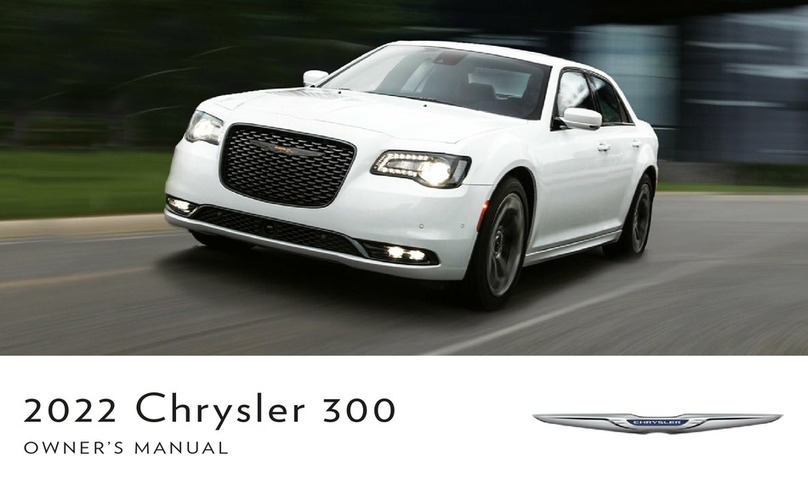
Chrysler
Chrysler 300 2022 User manual
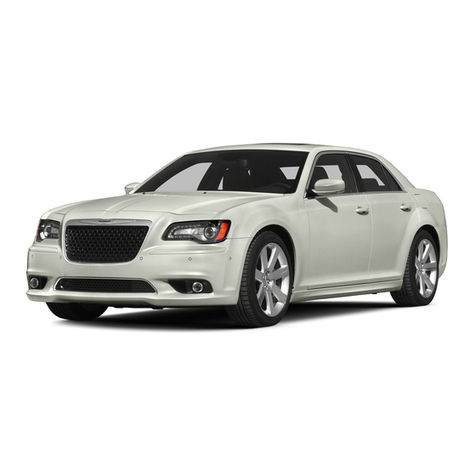
Chrysler
Chrysler 300 Touring RWD 2010 User manual

Chrysler
Chrysler Grand Voyager 2015 User manual

Chrysler
Chrysler 2005 Pacifica Touring User manual

Chrysler
Chrysler 2010 Sebring User manual

Chrysler
Chrysler Sebring Sedan User manual

Chrysler
Chrysler 300 2010 User manual

Chrysler
Chrysler 200 Convertible User manual

Chrysler
Chrysler TOWN & COUNTRY 2010 User manual
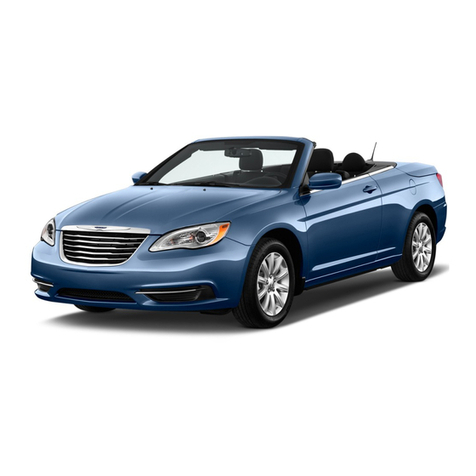
Chrysler
Chrysler 200 2011 User manual
